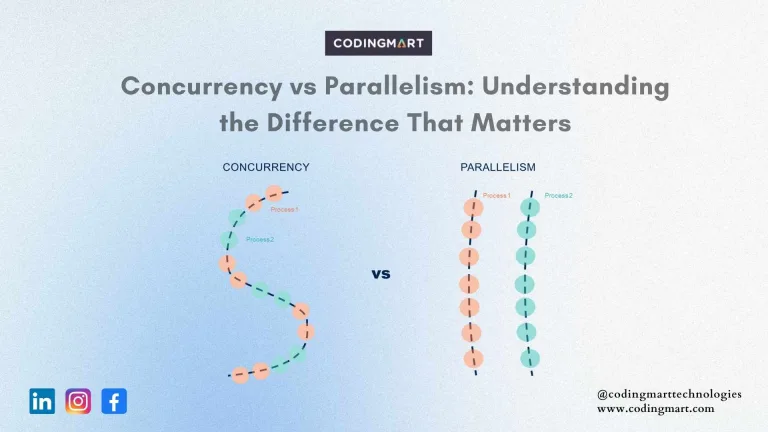blogs
Online transactions shot up by 80% in 2020: Razorpay

No one would have ever imagined that we will be confined to our homes and we’ll be facing nationwide lockdowns. Every time we thought of going out to buy something, we were given an unpleasant welcome everywhere as there were many restrictions. This proved to be a godsend to online businesses. If there was one thing to boast about the COVID-19 and the lockdown, it would be the contribution of lockdown in accelerating the Digitalisation of India.
With more and more businesses changing gears and looking forward to showing up online, the number of online transactions has seen an unprecedented rise. Tier-II and Tier III cities are the major contributors during 2020. According to a report from Razorpay, online transactions grew 80% in 2020 with the tier II and III cities contributing to 54 percent of digital transactions, achieving a 92 percent growth in just a year. This indeed is a healthy sign indicating the overall growth of the nation adopting digital payments and progressing towards Digital India.
Razorpay, the fintech firm that aids in digital transactions and powers over five million businesses, including Hotstar, Facebook, KhataBook, BookMyShow, Ola, Zomato, Swiggy, etc., said that there was a decline of 30 percent in its digital payments during the initial stages of the lockdown. But after the first 70 days of the national lockdown, digital payments surged by 23 percent.
UPIs has become one of the most convenient payment methods as they are widely supported by many businesses and are easy to use. As mentioned by Razorpay, UPI transactions outperformed cards and net banking with 120 percent growth in 2020 and became the most preferred mode of payment, especially for tier II and III cities. Wallets have also gained considerable growth due to numerous offers and cashbacks.
Digital payments for bills and utilities rose 357 percent in 2020, while payments for mutual funds grew by 382 percent. Ecommerce, education, and healthcare industries also witnessed a demonstrated growth of 189 percent, 167 percent, and 148 percent, respectively.
“Every sector, except for Travel & Housing and Real Estate, has started to slowly grow back to pre-lockdown levels; these were the only two sectors that showed a negative growth during the last six months of 2020 when the situation started to ease out in parts,” the report added. States like Chandigarh, Punjab, Arunachal Pradesh, Assam, and Kerala saw a growth of 205 percent, 187 percent, 127 percent, 124 percent, and 117 percent, respectively, along with desired growth from other states as well.
Harshil Mathur, the CEO, and co-founder of Razorpay said, “In a year of unprecedented changes and challenges, 2020 also posed some interesting opportunities for businesses to embrace digital payments. Many moved their business online for the first time, ushering in a new digital transformation,”
He added that “Contrary to how unprecedented the circumstances have been, 2020 was a year of great innovation, new opportunities, and the win of a much-awaited trust in digital payments.”
“Businesses are beginning to stabilize, and some of them are even back to the pre-COVID levels. With the ever-evolving demands from businesses and consumers, we have a long way to go, but this, to me, is a great start,” Mathur added.

Razorpay, the fintech giant has witnessed a 40-45 percent month-on-month growth in the last six months of 2020. Razorpay is set to achieve $50 billion TPV by 2021. It has increased its profit by more than 2.5 times i.e., 300 Cr+ in a year(FY 2019 – 2020). Recently, Razorpay has been recognized as the second Indian company to be a part of Y combinator’s top companies list of 2021


